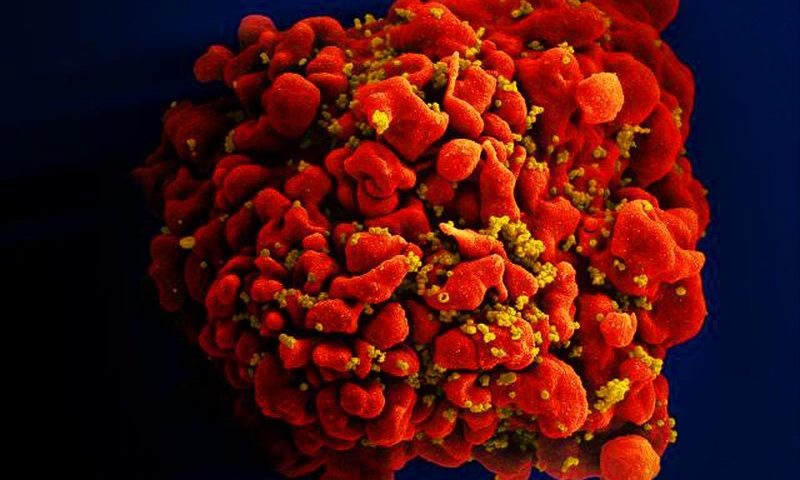Johnson & Johnson has a lofty goal to become a $60 billion-a-year drugmaker by 2025. To reach that goal, the healthcare giant is going to take a crack at a couple of viruses that have long eluded vaccine makers.
The company gave investors a broad look at its pipeline Thursday at its Pharmaceutical Business Review day following the news that the consumer health business would be spun out. Ahead of the marathon pipeline preview, Fierce Biotech talked to the Janssen pharmaceutical unit’s new vaccine R&D chief Penny Heaton, M.D., to get the latest on the programs now under her purview.
Janssen is among the many Big Pharmas expecting a big year in 2022 for respiratory syncytial virus, or RSV. The company just unveiled some limited early data on the antiviral treatment rilematovir, showing modest clinical activity in a phase 2 trial of nonhospitalized patients. And in October, J&J also reported that an RSV vaccine candidate achieved 80% protection against lower respiratory tract disease in adults over 65 during the phase 2b CYPRESS study.
The vaccine is now moving into a phase 3 trial called EVERGREEN in adults over 60 years old who are at high risk with comorbidities.
Heaton said J&J will differentiate its RSV vaccine by demonstrating high efficacy and engagement of both antibodies and T cells, which are crucial to building a solid immune defense.
“I do think that’s going to be a point of differentiation for us and that’s so important in the elderly, because when they get RSV, they don’t just get a cold or something like you or I may, but they get severe lower respiratory tract disease, pneumonia [and] hospitalizations,” Heaton said.
The candidate is based on the same technology as the company’s COVID-19 vaccine.
RSV has long dodged many attempts at a vaccine, but Heaton said the science is now advanced enough that the industry is on the cusp of offering a shot to prevent severe illness caused by the virus.
“We’ve been working on RSV vaccines since the 1960s,” Heaton said. RSV vaccines are “near and dear” to Heaton, now the global therapeutic area head for vaccines at Janssen, as she worked on them during her infectious disease fellowship.
Advancements in nucleic acid technology are to thank for the “explosion in advances” in RSV vaccine development, according to Heaton. Also in the hunt are Pfizer, GlaxoSmithKline and Moderna, with each company targeting slightly different patient populations.
Another virus that has long evaded researchers in terms of a vaccine is HIV. Back in August, J&J reported the failure of an HIV vaccine that was also based on the same technology as the COVID-19 shot. The phase 2b Imbokodo trial examined the vaccine’s efficacy in 2,600 young women across five countries in sub-Saharan Africa. The women in the trial were given four doses of the vaccine or placebo over a year. The results showed 51 cases of HIV in those who received J&J’s shot and 63 cases in the placebo arm.
“It’s disappointing on the one hand. On the other hand, we’re learning from that study, because some people were protected,” albeit a low number, Heaton said.
J&J is continuing on with a different vaccine candidate in a trial called MOSAICO in men who have sex with cis-men and transgender individuals. This trial is being conducted in the U.S. and Europe where different strains of the HIV virus circulate. Heaton said the study is fully enrolled even though the pandemic stalled some R&D over the past almost two years.
“It’s a very complex virus, but I think with every study we’re learning,” Heaton said. “We … will continue to work with collaborators to figure out this mystery and develop a successful HIV vaccine.”
HIV is one of the rare indications that sees Big Pharmas collaborations. “With a virus as complex as HIV, the immunology is so complex, we have to work together,” Heaton said.
Other vaccines Heaton will oversee in her new role include an Escherichia coli shot in development to prevent illness from the usually harmless but sometimes harmful bacteria.
“We’re attacking some of the diseases that have the greatest morbidity and mortality,” she said.

